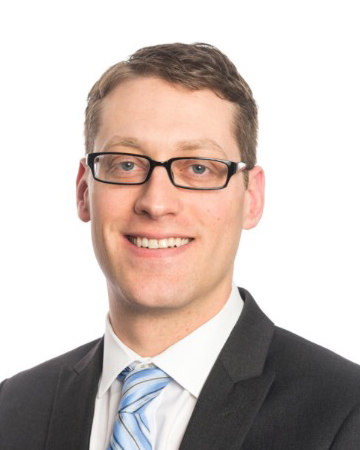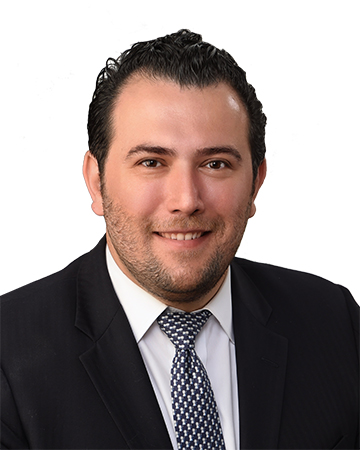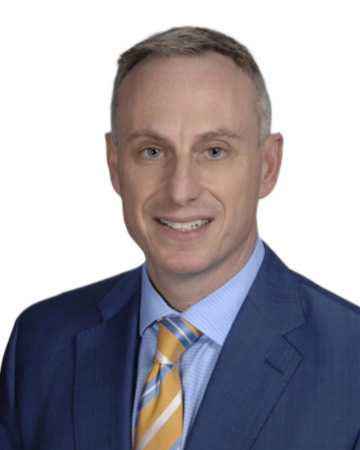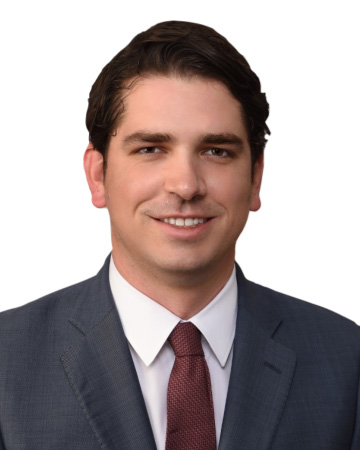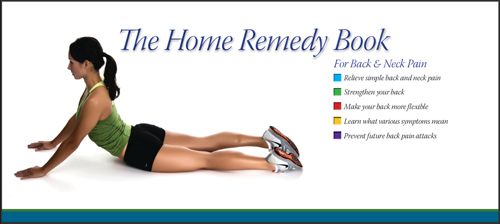- Locations
- Find a Physician
- By Physician
- By Department
- The Center for Spine Health
- Hand & Wrist Center
- Shoulder & Elbow Center
- Foot & Ankle Center
- Joint Replacement Center
- The Sports Medicine Center
- Pediatric Orthopedic Center
- Trauma & Fracture Center
- Osteoporosis and Bone Health
- Oncology Center
- Cartilage Repair Center
- Concussion Rehab Center
- OrthoDirect
- Careers
- Patient Portal
- Intranet
Flatback Syndrome | Pediatric Scoliosis | Adult Scoliosis | Surgical Options | Harrington Rod | Lordosis
 Scoliosis Overview
Scoliosis Overview
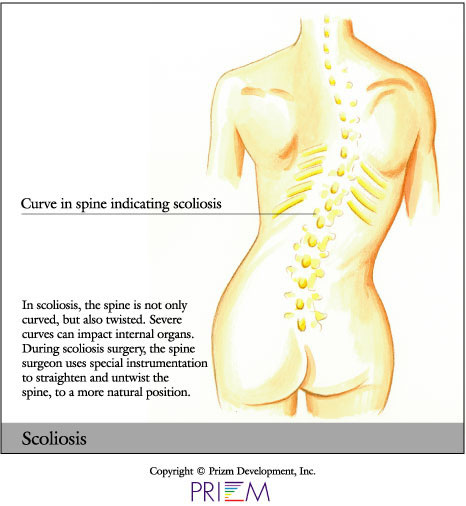
Scoliosis is a curvature of the spine that can first appear during childhood. Some people are born with it, while others develop it over time. Scoliosis can cause the spine to twist and bend in an abnormal way. The cause of scoliosis is unknown, but it does tend to affect more women than men.
It is very important to individually assess cases of scoliosis. Sometimes a back brace is used to prevent worsening of the spine curvature. Dramatic curves of the spine can place pressure on internal organs. If this happens, surgery may be necessary. If left untreated, severe cases of scoliosis can shorten a person's life span.
In less severe cases, scoliosis may cause the bones to twist slightly, making the hips or ribs appear uneven. When this occurs, the problem is more cosmetic and less of a health risk.
Scoliosis surgery is extremely complex, and a person should invest a great deal of time in choosing an orthopedic surgeon who uses the most current surgical fixation rods. If a surgeon uses improper methods during scoliosis surgery, the patient could become paralyzed.
[Top]
Causes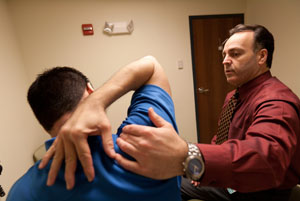
The exact cause of scoliosis is unknown. Only 1-4 percent of the population
has this condition. It is more common in women than men and most
often affects adolescents between the ages of 10 and 18. A child's
likelihood to develop scoliosis is much higher if their parent or
a sibling has it. Scoliosis can also develop over time in mid- to
late childhood, usually before puberty. In other cases, the disease
is congenital, meaning a person is born with a vertebral abnormality
that causes it.
[Top]
Symptoms
Sometimes, the symptoms of scoliosis are visible. For instance, the
child may have uneven shoulders, chest, hips, shoulder blades, waist,
or a child may have a tendency to lean to one side. In other cases,
there are no visible symptoms. To diagnose a child with scoliosis,
have them touch their toes. If either one or both shoulder blades
are prominent, the waist is shifted or ribs are uneven, scoliosis
may be present. For a child or teenager, your pediatrician often
screens for scoliosis. There are school screening programs as well.
[Top]
Diagnosis
Outlined below are some of the diagnostic tools that your physician may use to gain insight into your condition and determine the best treatment plan for your condition.
- Medical history: Conducting a detailed medical history helps the doctor better understand the possible causes of your back and neck pain which can help outline the most appropriate treatment.
- Physical exam: During the physical exam, your physician will try to pinpoint the source of pain. Simple tests for flexibility and muscle strength may also be conducted.
- X-rays are usually the first step in diagnostic testing methods. X-rays show bones and the space between bones. They are of limited value, however, since they do not show muscles and ligaments.
- MRI (magnetic resonance imaging) uses a magnetic field and radio waves to generate highly detailed pictures of the inside of your body. Since X-rays only show bones, MRIs are needed to visualize soft tissues like discs in the spine. This type of imaging is very safe and usually pain-free.
- CT scan/myelogram: A CT scan is similar to an MRI in that it provides diagnostic information about the internal structures of the spine. A myelogram is used to diagnose a bulging disc, tumor, or changes in the bones surrounding the spinal cord or nerves. A local anesthetic is injected into the low back to numb the area. A lumbar puncture (spinal tap) is then performed. A dye is injected into the spinal canal to reveal where problems lie.
- Electrodiagnostics: Electrical testing of the nerves and spinal cord may be performed as part of a diagnostic workup. These tests, called electromyography (EMG) or somato sensory evoked potentials (SSEP), assist your doctor in understanding how your nerves or spinal cord are affected by your condition.
- Bone scan: Bone imaging is used to detect infection, malignancy, fractures and arthritis in any part of the skeleton. Bone scans are also used for finding lesions for biopsy or excision.
- Discography is used to determine the internal structure of a disc. It is performed by using a local anesthetic and injecting a dye into the disc under X-ray guidance. An X-ray and CT scan are performed to view the disc composition to determine if its structure is normal or abnormal. In addition to the disc appearance, your doctor will note any pain associated with this injection. The benefit of a discogram is that it enables the physician to confirm the disc level that is causing your pain. This ensures that surgery will be more successful and reduces the risk of operating on the wrong disc.
- Injections: Pain-relieving injections can relieve back pain and give the physician important information about your problem, as well as provide a bridge therapy.
Treatment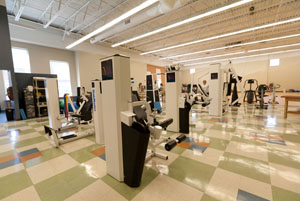
There are roughly three tiers of treatment for adolescent scoliosis. General scoliosis treatment options include observation, bracing, and if the curve is large and progressive, surgery. Patients with pain and function issues can be treated with therapy, as well as physiatry (physical medicine and rehabilitation physician-supervised programs). Sometimes, shoe inserts (orthotics) are prescribed for those whose legs are uneven.
For adults, the emphasis is on function and movement. Bracing is used only as a temporary pain relief measure; it cannot correct the curve in an adult. Treatment focuses on medications and physical therapy. If other problems exist that are caused by the scoliosis (sacroiliac dysfunction, flatback, spinal stenosis, nerve root pinching), there are many non-operative treatments for each of these issues.
Surgery may be required in order to correct the spinal curve. Surgery is usually only recommended for large, progressive curves or in those patients who have nerve pain that steadily worsens. These surgeries can be extremely complicated, and a person should invest a great deal of time in selecting a spine surgeon who subspecializes in using the most current (fourth generation) corrective techniques. As with any spine surgery, finding a doctor with experience in this specific type of surgery is key.
As with any disease, the sooner the problem is discovered, the more treatment options there are available to arrest the progress of the condition.
Nonsurgical - The Schroth method
The Schroth method, also known as Schroth therapy or Schroth scoliosis treatment, is a conservative, non-surgical approach used to treat scoliosis, a condition characterized by an abnormal curvature of the spine. It was developed by Katharina Schroth, a German physical therapist, in the early 20th century.
The Schroth method focuses on correcting spinal imbalances and improving posture through a combination of specific exercises, breathing techniques, and corrective positioning. The goal is to stabilize and reduce the curvature of the spine, relieve pain, and enhance overall function and quality of life.
The main principles of the Schroth method include:
-
Postural awareness and correction: Individuals are taught to become aware of their postural imbalances and learn how to correct them through specific exercises and positioning.
-
Rotational breathing: Special breathing techniques are utilized to help correct spinal asymmetries and promote improved spinal alignment.
-
Three-dimensional exercises: The Schroth method emphasizes exercises that address the three-dimensional nature of scoliosis, taking into account the rotational component of the spinal curvature.
-
Corrective positioning: Specific positions and postures are taught to help counteract the effects of gravity and promote a more balanced spine.
Schroth therapy is typically personalized to the individual's specific spinal curvature and needs. It involves a comprehensive evaluation by a trained Schroth therapist, who designs an exercise program tailored to the person's unique condition. The therapy is typically performed under the guidance and supervision of a certified Schroth therapist.
While the Schroth method is considered a conservative approach to scoliosis treatment, it is not a cure for scoliosis. However, it can help improve posture, reduce pain, and slow down or halt the progression of the spinal curvature. It is often used in conjunction with other treatments, such as bracing or physical therapy, depending on the severity of the scoliotic curve.
It's important to note that the effectiveness of the Schroth method may vary from person to person, and individual results can depend on factors such as the severity of scoliosis, the age of the individual, and their commitment to the prescribed exercises and techniques. If you're considering Schroth therapy, it's advisable to consult with a qualified healthcare professional or Schroth therapist to determine if it's suitable for your specific condition.
The Rigo Cheneau brace is a specific type of scoliosis brace designed to treat and manage spinal curvature in individuals with scoliosis. It is named after its developers, Dr. Manuel Rigo and Dr. Jacques Cheneau, who collaborated to create this brace.
The Rigo Cheneau Brace
The Rigo Cheneau brace is a custom-made, rigid brace made of lightweight materials, such as thermoplastics. It is designed to apply three-dimensional corrective forces to the spine, aiming to halt or slow down the progression of scoliosis and promote improved spinal alignment. The brace is unique in that it incorporates a combination of pads and pressure points strategically placed to help correct the individual's specific spinal curvature.
The Rigo Cheneau brace takes into account the rotational and three-dimensional nature of scoliosis. It is designed to exert pressure on the convex (outward) side of the curve while providing support to the concave (inward) side. The brace applies corrective forces and encourages the spine to gradually move towards a more balanced alignment.
The fitting process for a Rigo Cheneau brace involves a thorough evaluation by a scoliosis specialist, including a detailed examination of the individual's spinal curvature and measurements. These measurements are then used to create a custom brace that fits the individual's body shape and scoliotic curve pattern.
Wearing the Rigo Cheneau brace typically involves full-time use, often for several years or until skeletal maturity is reached. The duration and wearing schedule may vary depending on the severity of the scoliosis and the recommendations of the healthcare professional.
It's important to note that the Rigo Cheneau brace is just one of several types of scoliosis braces available, and the choice of brace depends on the individual's specific scoliotic curve and treatment goals. The decision to use a brace and the specific type of brace is typically made in consultation with a scoliosis specialist who can assess the individual's condition and determine the most appropriate treatment approach.
If you or someone you know has scoliosis and is considering the use of a brace, it's recommended to consult with a healthcare professional or scoliosis specialist who can provide a comprehensive evaluation and guide you through the treatment options available.
FAQs
How can I tell if I have scoliosis?
Your doctor will take X-rays of your spine which will reveal whether or not scoliosis is present as well as how severe it may be.
When is scoliosis considered dangerous to my health?
Scoliosis can be life-threatening when bones are so severely twisted that they compress vital organs. Surgery is most likely the best option in such cases. If left untreated, severe cases of scoliosis can shorten a person's life span.
What are some of the nonsurgical ways to treat scoliosis?
There are some nonsurgical ways to treat scoliosis such as physical
therapy, exercise, bracing, shoe inserts and medication. However, only
a spine surgeon can determine if any of these options might apply to
you.
[Top]

